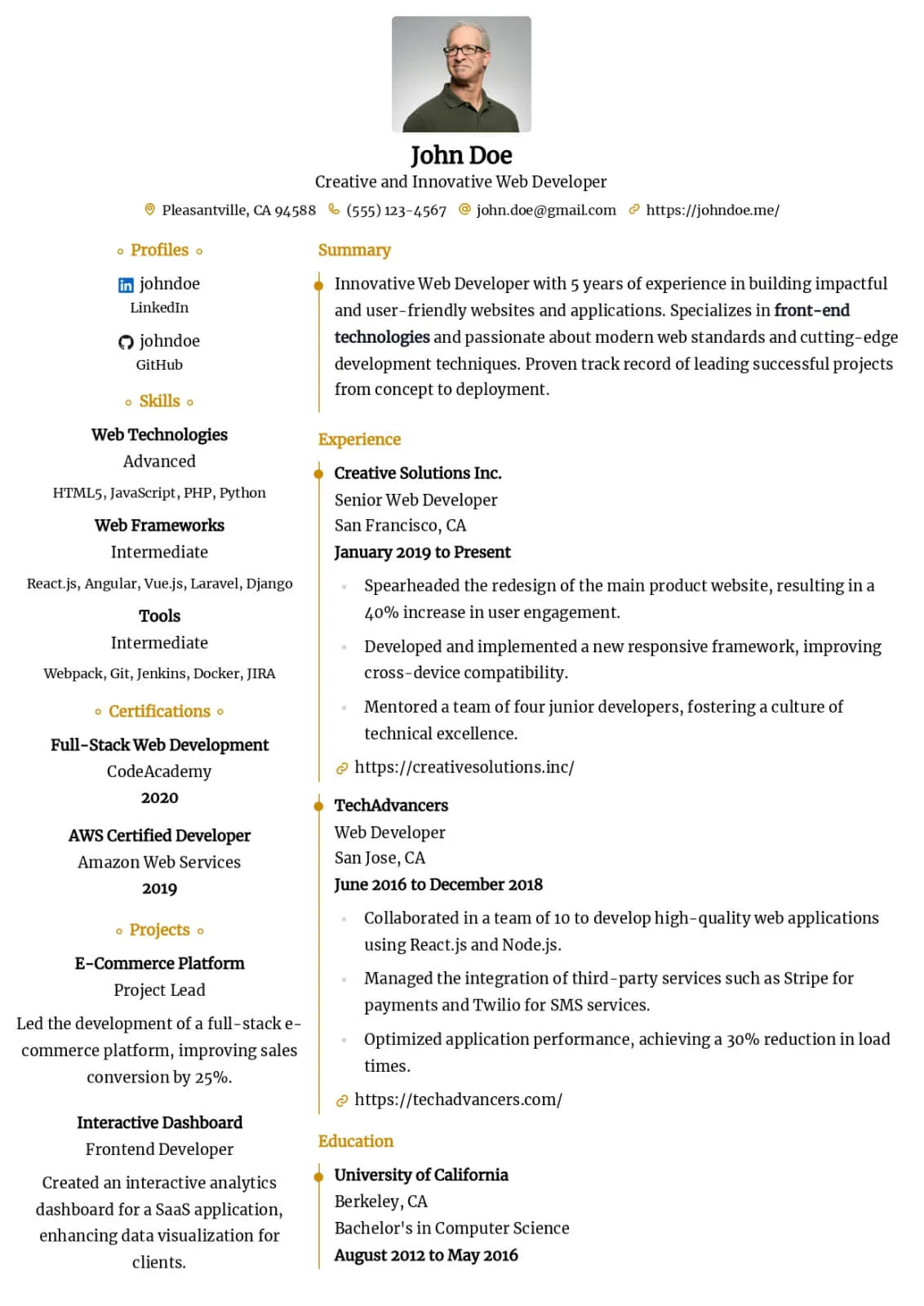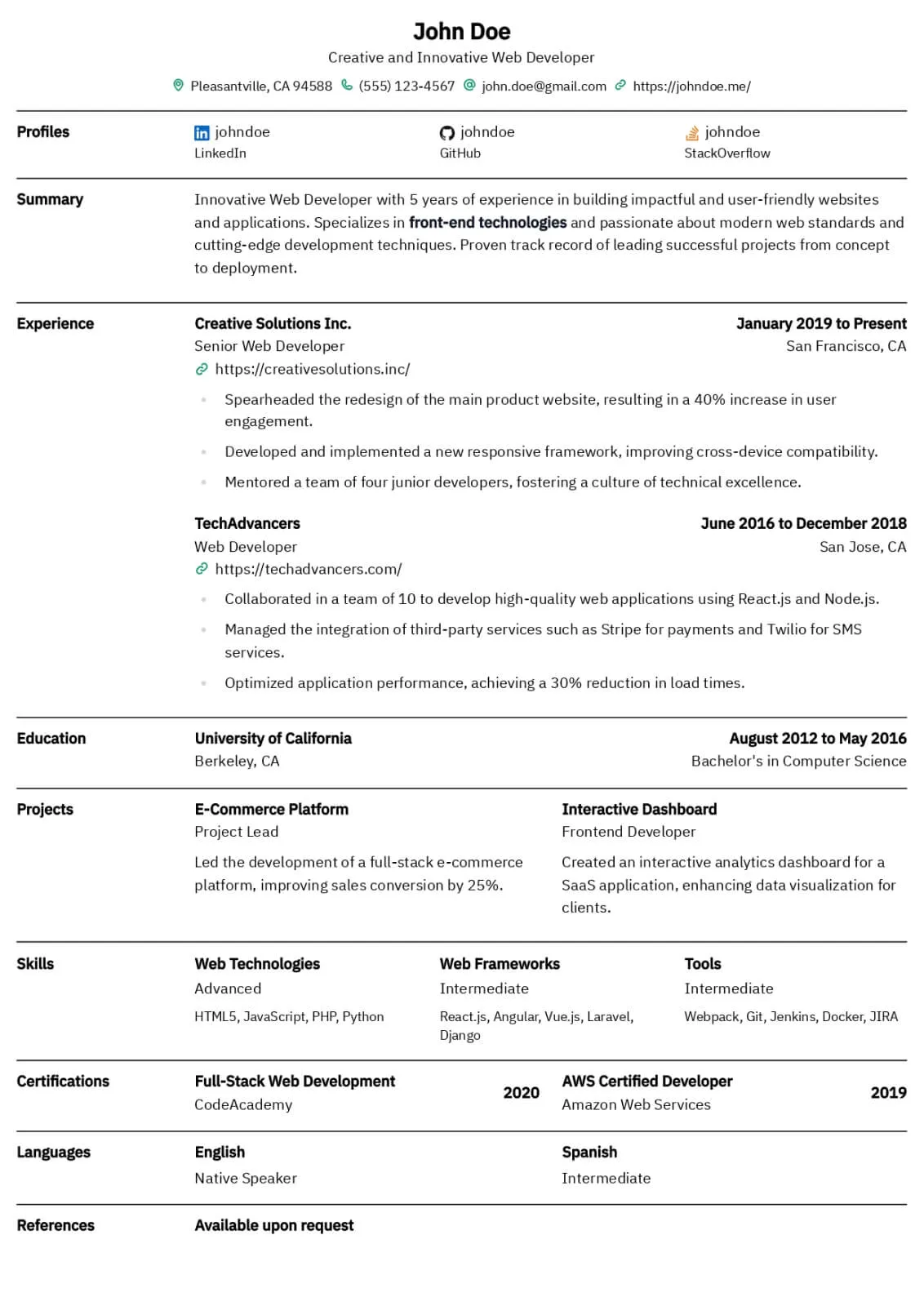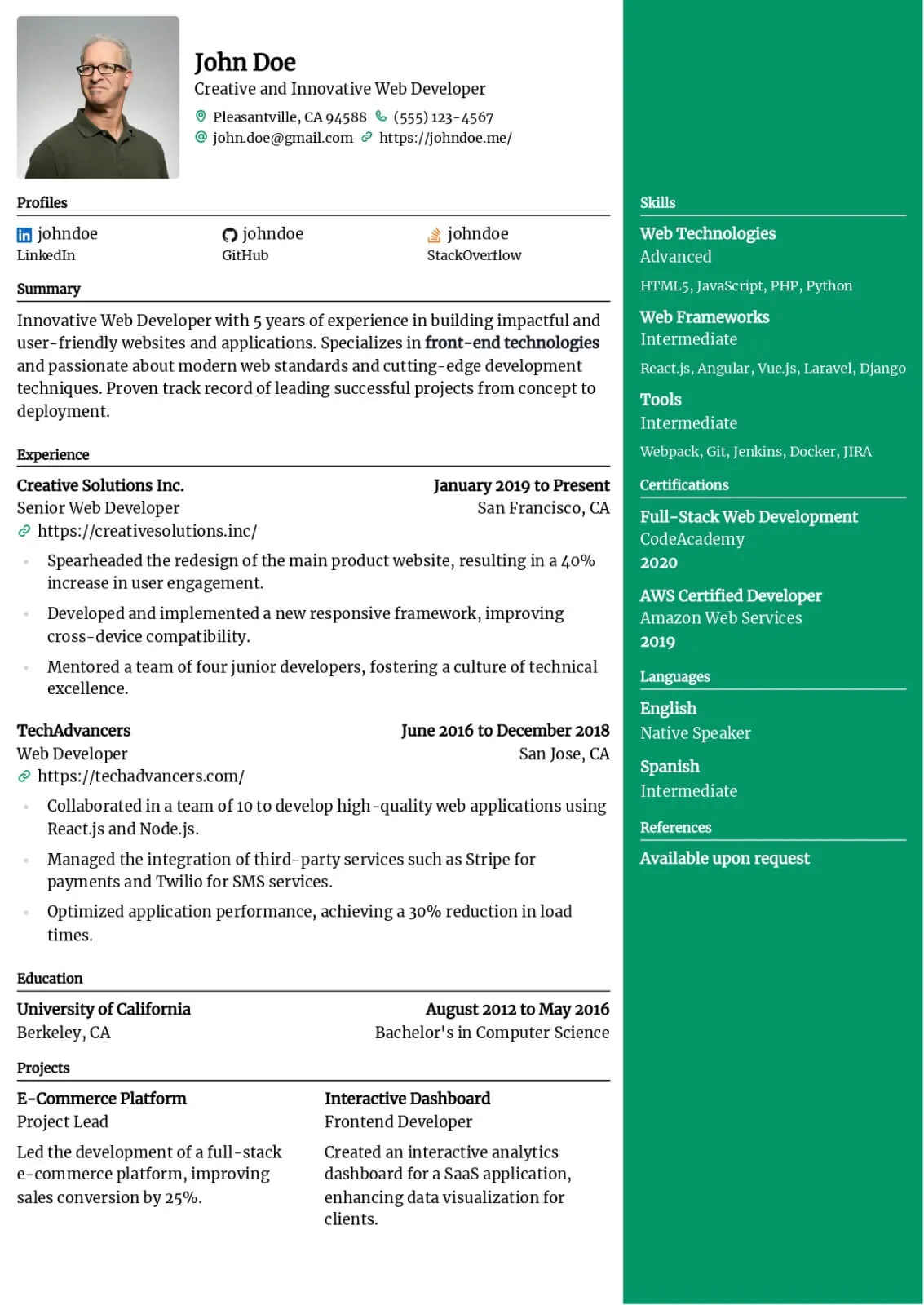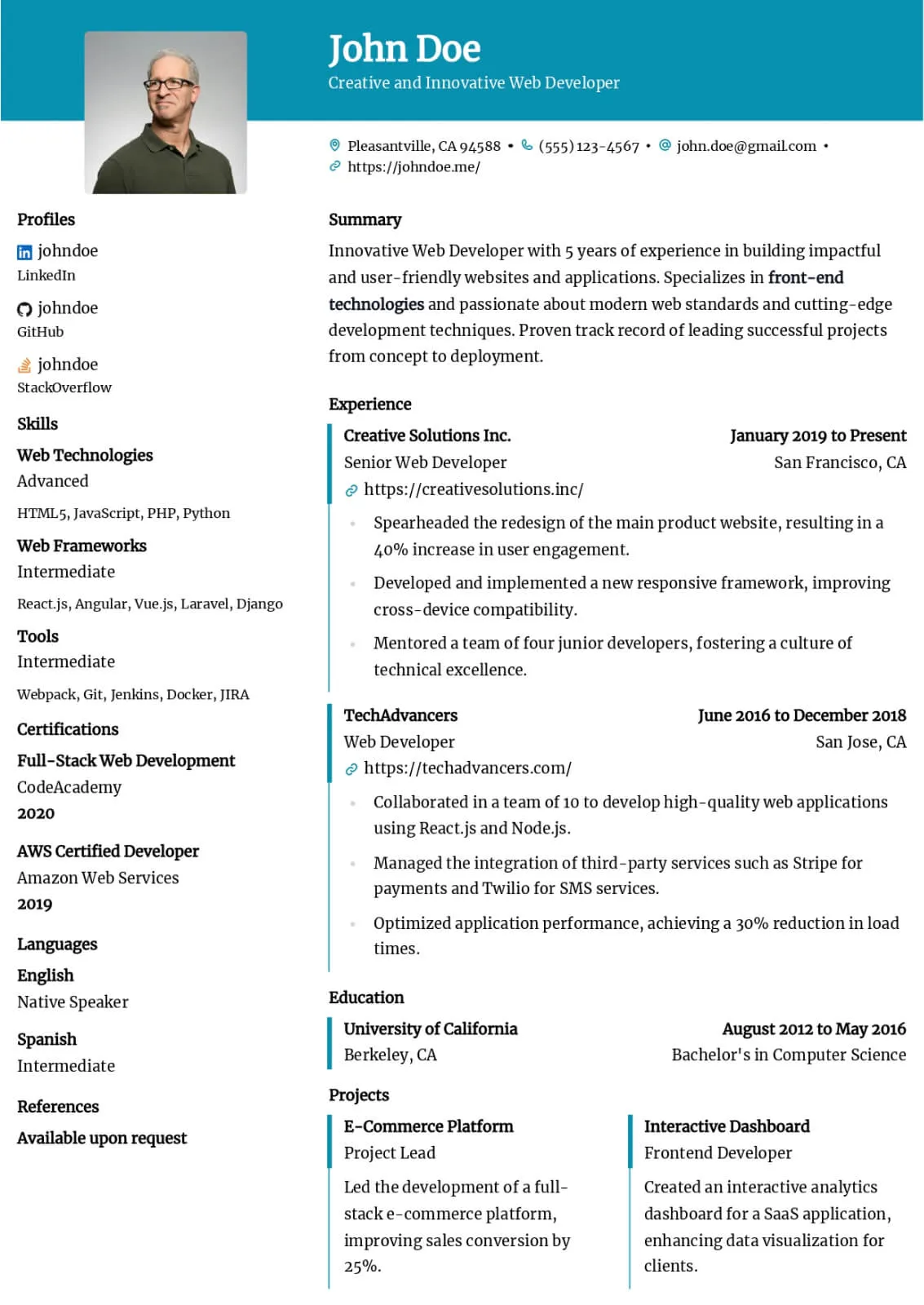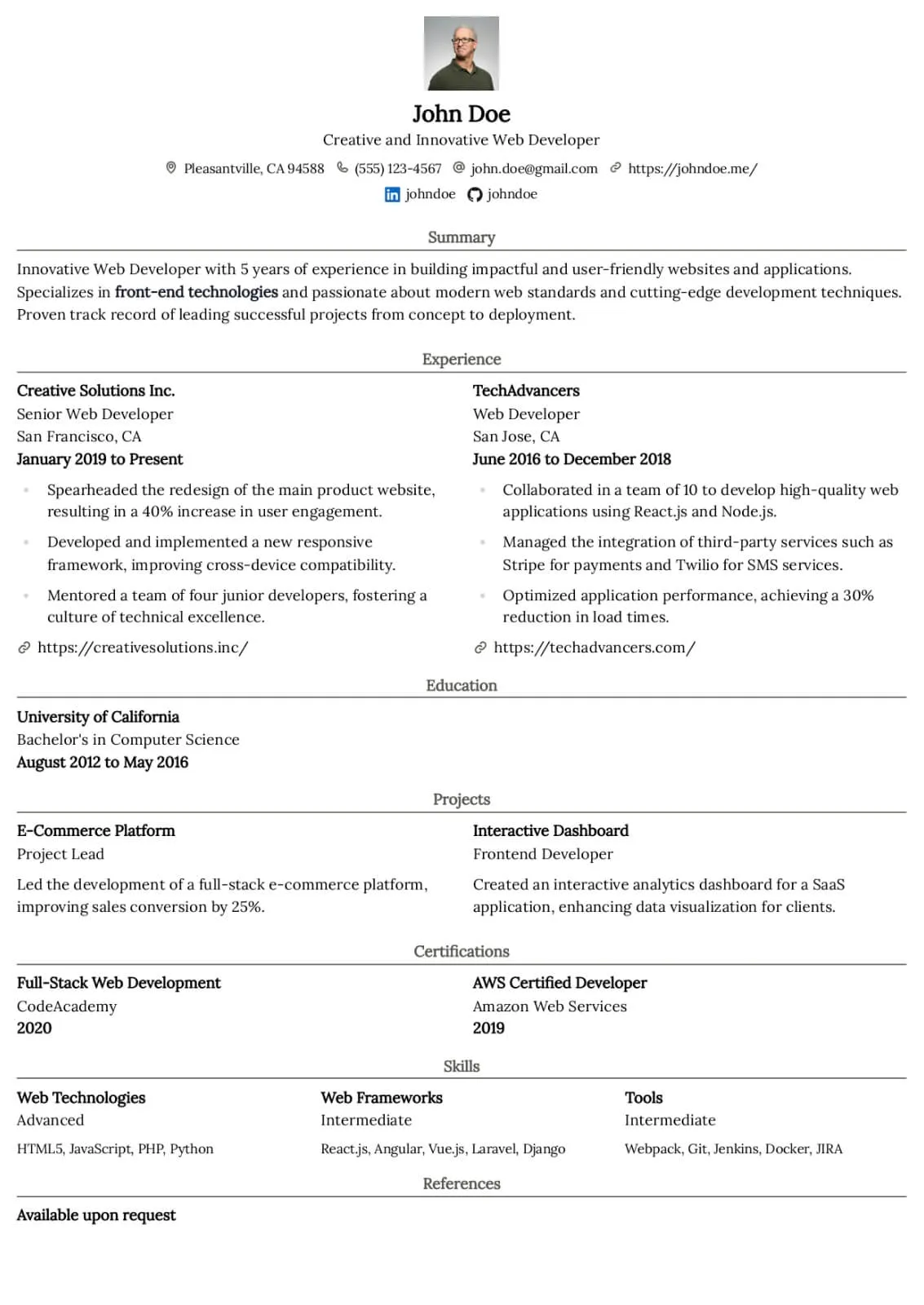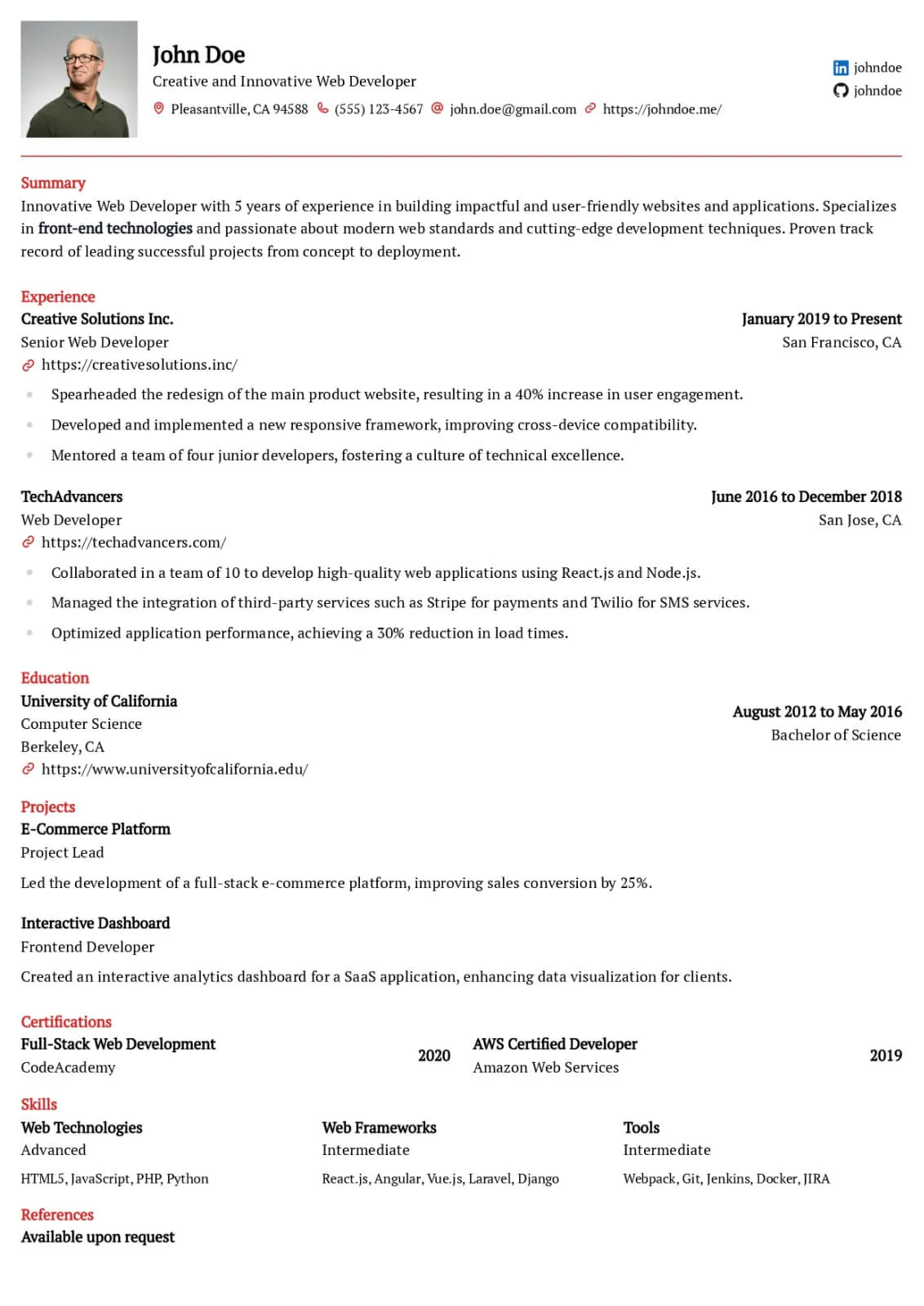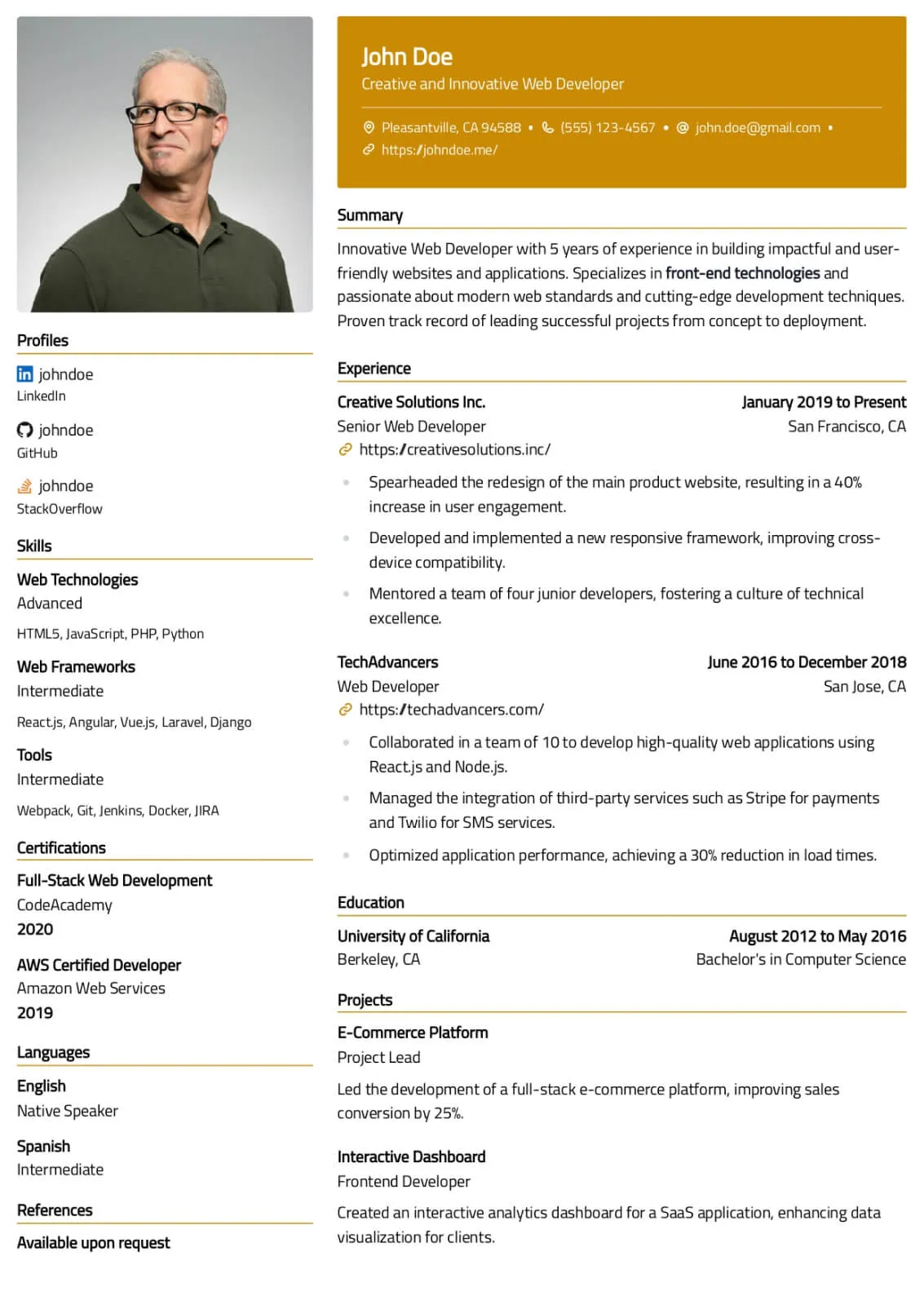How to Leverage Social Proof in Your Resume & Portfolio

Introduction
In today’s competitive job market, employers are looking for more than just claims about your skills—they want proof. Social proof, such as recommendations, endorsements, and performance metrics, can make your resume and portfolio more compelling. This guide will show you how to incorporate social proof effectively to boost your credibility and stand out to recruiters.
1. What is Social Proof?
Social proof is evidence from others that supports your professional abilities. It includes recommendations, client testimonials, case studies, performance reviews, awards, and quantifiable results. By adding social proof to your resume and portfolio, you provide tangible validation of your skills and experience.
2. Why Social Proof Matters in a Resume & Portfolio
- Builds Credibility: Employers trust real-world validation over self-promotion.
- Enhances Persuasiveness: Positive feedback makes your application more compelling.
- Showcases Real Impact: Demonstrates your contributions through measurable results.
- Increases Engagement: Recruiters are more likely to notice resumes with strong supporting evidence.
3. How to Add Social Proof to Your Resume
Here are the best ways to integrate social proof into your resume:
- Include Testimonials: Add short endorsements from previous employers or clients in a designated section.
- Quantify Achievements: Use numbers and statistics to validate your impact (e.g., “Increased sales by 40% in six months”).
- Highlight Awards & Recognitions: Mention any industry accolades or company awards.
- Use LinkedIn Endorsements: Include a link to your LinkedIn profile where recruiters can view your endorsements.
4. Leveraging Social Proof in Your Portfolio
Your portfolio can also benefit from social proof:
- Client Testimonials & Case Studies: Feature success stories from past projects.
- Before-and-After Comparisons: Show transformations you’ve facilitated.
- Video Testimonials: If possible, add video testimonials for a personal touch.
- Industry Mentions: Highlight media features or industry shoutouts.
5. Best Practices for Using Social Proof
Follow these strategies to maximize the impact of social proof:
- Keep It Relevant: Use endorsements that directly relate to the job you're applying for.
- Be Concise: Stick to short, impactful statements.
- Provide Verifiable Links: If applicable, include links to references or testimonials.
- Maintain Professionalism: Ensure all feedback is well-structured and appropriately cited.
Conclusion
Incorporating social proof into your resume and portfolio enhances your credibility and sets you apart from other candidates. By showcasing testimonials, measurable results, and endorsements, you can strengthen your application and increase your chances of landing your next job. Start leveraging social proof today to create a stronger, more persuasive professional brand.
Categories
Related Articles
Try our Sample Resume Editor
In this section, you can experiment with different formatting options and templates using a sample resume. The editor allows you to customize the layout, fonts, and styling to see how your resume will look in various formats.
